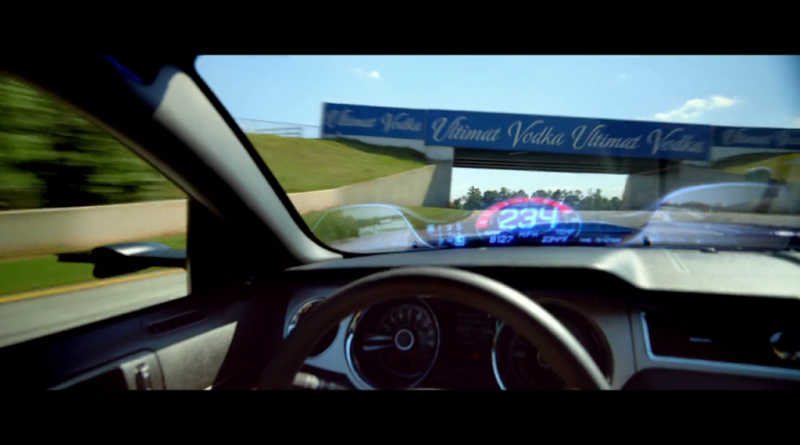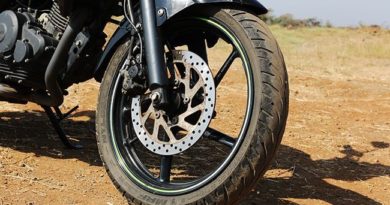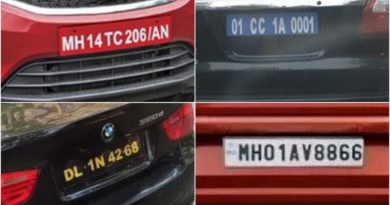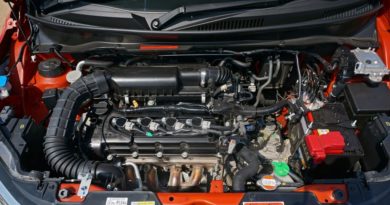Working of Heads-Up display
In today’s market, top trim cars are feature loaded for convenient driving including hands-free calling, touchscreen infotainment system, steering mounted media controls, reverse parking camera etc. With inclusion of Android Auto/Apple Car-play, infotainment system has gone one level up providing easy access to google maps, online music app, phone log and so on. But addition of too many high tech feature is also increasing distraction level while driving. Even attention loss for split second while driving could be disastrous. Biggest reason for this is the placement of infotainment screen at center console which results in movement of driver’s eye sight most of the time towards it instead of being attentive on road.
How would it be If all the required information for driver is provided at his line of sight on windshield while driving – Yes you read it right, driver won’t have to move his head for checking navigation/speed or any other info. This is possible with technology known as Heads-up display (HUD).
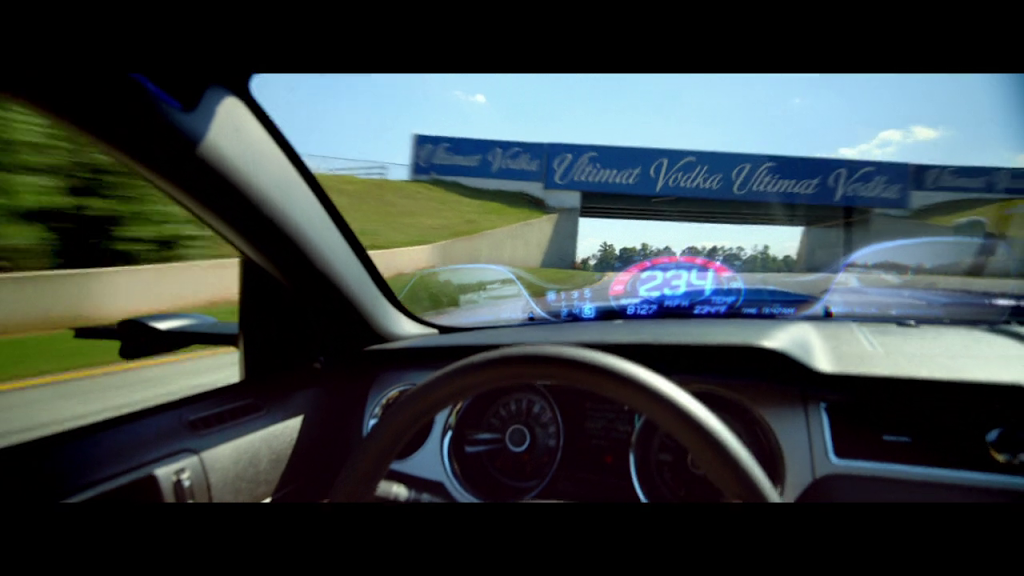 |
| Movie: Need for Speed (HUD on Mustang) |
Heads-Up Display
It’s a technology to project all required information directly on to your windshield whether you need to see your speed or navigation direction or any other info, all will be projected in front of your eyes on transparent windshield. No more glancing down towards dashboard or center console to get those data.
How does it work
Tech involved in implementation of HUD varies in different system. Most widely used approaches are –
- Transparent phosphors are incorporated on to the windshield section that reacts when a laser shines on it. When the laser is off, you don’t see anything, but when the light is on – the information is projected on the glass at eye sight level.
- A projector embedded in the dashboard sends a transparent image onto windshield. Image leaves the projector and bounces off a series of mirrors so that the data comes out is correctly oriented & magnified. Just pressing a toggle switch on the dashboard can allow us to adjust where the display is projected on your windshield—something accomplished with a rotating mirror.
- Mostly Mazda cars project their heads-up data onto a small plastic screen that flips up, known as a combiner. This creates a uniform image no matter how the windshield’s shaped. It also reduces the number of mirrors needed to send the image onto the combiner clearly. And a lot of aftermarket displays use such a combiner so you can install it in nearly any vehicle you wish.
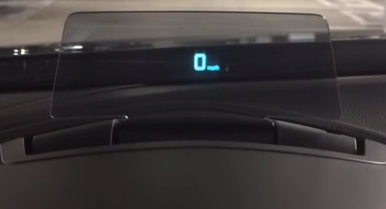 |
| HUD on Mazda with retractable combiner |
Heads-up display is available for lot of high end cars but year after year it’s getting enhanced and moving towards augmented reality by integrating to GPS, Internet, camera, mobile apps to get all real time data directly on to your windshield.
Remember movie Mission Impossible: Ghost Protocol were BMW i8 heads-up display was shown at action. Even movie Need for Speed gave us a glimpse of heads-up display in muscular Ford Mustang.

